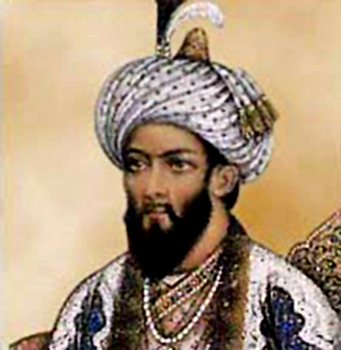 History of Textile Industry in India can be traced back to the time when the British ruled in India. The English had arrived at Surat in 1608 before a permanent factory was established. The long presence of the Portuguese on the west coast of India, pre-dating Mughal control, made unhampered access for other Europeans more problematical than on the east or `Coromondel` coast or at the open port of Bantam.
History of Textile Industry in India can be traced back to the time when the British ruled in India. The English had arrived at Surat in 1608 before a permanent factory was established. The long presence of the Portuguese on the west coast of India, pre-dating Mughal control, made unhampered access for other Europeans more problematical than on the east or `Coromondel` coast or at the open port of Bantam.
Surat, the outlet for the textile manufactures of Gujarat and the embarkation point for the annual Haj pilgrimage, was the most important centre for the overseas trade of the Mughal Empire. Apart from providing textiles to be exchanged for pepper and spices in South East Asia, it offered the possibility of participating in and imitating existing trade networks westwards to Persia, a source of raw silk, and into the Red Sea, where Egyptian and Turkish merchants made annual purchases of Gujarati textiles with silver. Surat was also, of course, the first major Asian port city within reach of ships rounding the Cape of Good Hope.
Existing arrangements between the Mughal local authorities and the Portuguese, who held a string of fortified bases along the coast north from Goa backed up by regular naval patrols, were not to be easily overturned. The English had to demonstrate that they could be even more of a menace at sea and that they were capable of defeating Portuguese attacks, which they proceeded to do over the next few years. Sir Henry Middleton plundered the Red Sea shipping in the summer of 1612 and Portuguese fleets were beaten off with great loss, within sight of Surat, in December 1612 and January 1615. Even the Mughal authorities would not finally admit the English without Imperial permission, which lead to a remarkable series of early contacts with the Mughal court.
Babur, a Turkic adventurer who claimed descent from the Mongol conqueror Timur, who had gained control over Afghanistan, invaded India in the mid 1520s. At his death in 1530 the new arrivals had established a loosely knit empire extending from Kabul to the borders of Bengal. Babur`s grandson Akbar, who occupied the throne from 1556 to1605, consolidated the Mughal rule over the whole of northern India, taking in Sindh, Kashmir, Gujarat, Rajasthan, Orissa and Bengal forming a partnership with the Hindu Rajputs to govern through a centralised bureaucracy with officers of state and provincial authorities under his personal direction.
It has been recorded in history that the Portuguese position in India had been weakened, though there was serious fighting still to come. From Surat the English began to participate in the Red Sea and Persian trades as well as sending cargoes of textiles to Bantam.
The ready availability of raw cotton, silk and dye stuffs in Coromondel, Gujarat and later Bengal had stimulated, over centuries, the growth of a village-based hand-loom industry which gave employment to hundreds of thousands of highly skilled weavers, dyers and washers, producing enormous quantities of different kinds of cloth for specific market requirements throughout Asia. The supreme Indian achievements lay in the mastery of colour-fast dyeing techniques and the fabulous designs and colour combinations produced by hand-painting and wood-blocking.
The English factors engaged Indian brokers who were paid a fixed percentage to negotiate and manage contracts with local authorities, village headmen and weaver families for the delivery of stated numbers of particular types by specified dates, and who guaranteed the safety of cash advances made by the Company for the purchase of yarn and dyestuffs. The weavers, the ancillary craftsmen and the cultivators of the raw materials were at the bottom of the chain. Frequently devastated by climate, famine and war, they were always subject to varying degrees of pressure and exploitation while the landholders, the brokers and the Company grew rich on their skills.



















